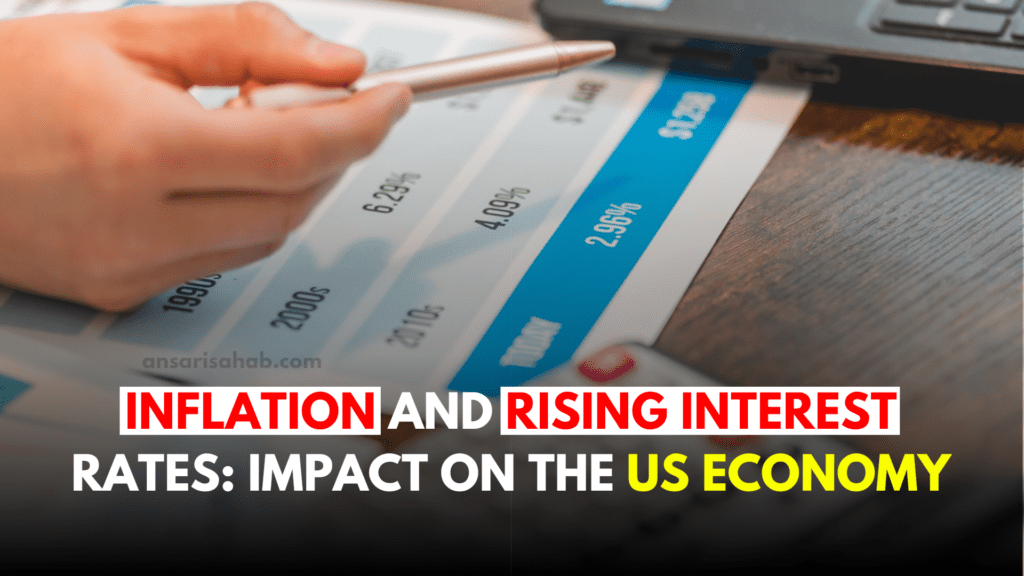Gold prices hit fresh all-time highs this week as markets grow increasingly uncertain about the U.S. Federal Reserve’s next move. Spot gold rose to approximately $3,728 per ounce, while U.S. December gold futures pushed past $3,740, driven by investor expectations of additional rate cuts and strong demand from central banks.
What’s Driving the Surge
The rally comes after the Fed lowered interest rates by 25 basis points last week and signaled more easing may follow in October and December. Lower interest rates reduce the opportunity cost of holding non-yielding assets like gold, making it more attractive in a climate where inflation remains elevated.
Other key factors include a weaker U.S. dollar, which makes gold cheaper for holders of other currencies, and ongoing geopolitical tension. Central banks—particularly in developing nations—are ramping up purchases of gold, in part as a hedge against currency and reserve volatility. According to Metals Focus, global central bank net purchases have exceeded 1,000 metric tons annually since 2022, more than double the average in the 2010-2021 period.
Projections from Analysts and Institutions
Gold prices hit record levels prompted several institutions to revise forecasts upward. Deutsche Bank, for instance, raised its gold price outlook for 2026 to $4,000 per ounce, citing weak dollar projections, strong central bank demand, and further rate cuts expected from the Fed.
Citigroup strategists similarly expect gold to reach $3,800 per ounce in the near term. Some forecasts envision an even higher ceiling—Goldman Sachs has warned that under scenarios where the Fed’s independence comes under pressure, prices could surge toward $5,000 per ounce.
What It Means for Investors and the Market
For investors, the surge in gold prices hit a turning point: portfolios heavily weighted toward equities or fixed income may now see gold as increasingly necessary for hedging inflation and currency risk. High gold prices tend to draw in both institutional investors (via ETFs, reserves) and retail buyers seeking stability.
Consumers in major gold-consuming countries are already feeling the effects. In India, gold prices hit a fresh lifetime high of around ₹1,11,190 per 10 grams, driven by both global price trends and increased domestic demand ahead of seasonal festivals.
That said, some analysts warn of short-term corrections: when asset prices climb so rapidly, profit-taking, shifts in rate expectations, or a sudden strength in the U.S. dollar could trigger downward pressure. Still, many believe the fundamentals—rate cuts, inflation persistence, central bank demand—remain strongly supportive.
Why Does Fed Uncertainty Lift Gold?
- Rate expectations: When the Fed signals cuts, real interest rates tend to decline, reducing the cost of holding non-yielding assets.
- Inflation pressures: As inflation remains above target, gold is viewed as a store of value.
- Geopolitical risk: Unrest, trade tensions, and concerns about currency stability all increase demand for safe havens.
FAQs
A: Key triggers are expectations of further interest rate cuts by the U.S. Federal Reserve, a weakening U.S. dollar, strong central bank purchases, and inflation that remains above target.
A: Many analysts forecast gold could reach $4,000 per ounce in 2025 or 2026; in more extreme scenarios tied to geopolitical risk or erosion of Fed independence, projections stretch toward $5,000.
A: It depends on individual financial goals. Gold can offer protection versus inflation, currency risk, or economic instability, but it does not generate yield. Investors should assess their risk tolerance, diversification, and investment horizon.
As gold prices hit unprecedented levels, the metal’s role in global portfolios looks set to grow—especially for those seeking hedges against uncertainty. Markets will be watching closely for forthcoming Fed comments, U.S. inflation figures, and central bank behavior to gauge whether this rally can sustain.









